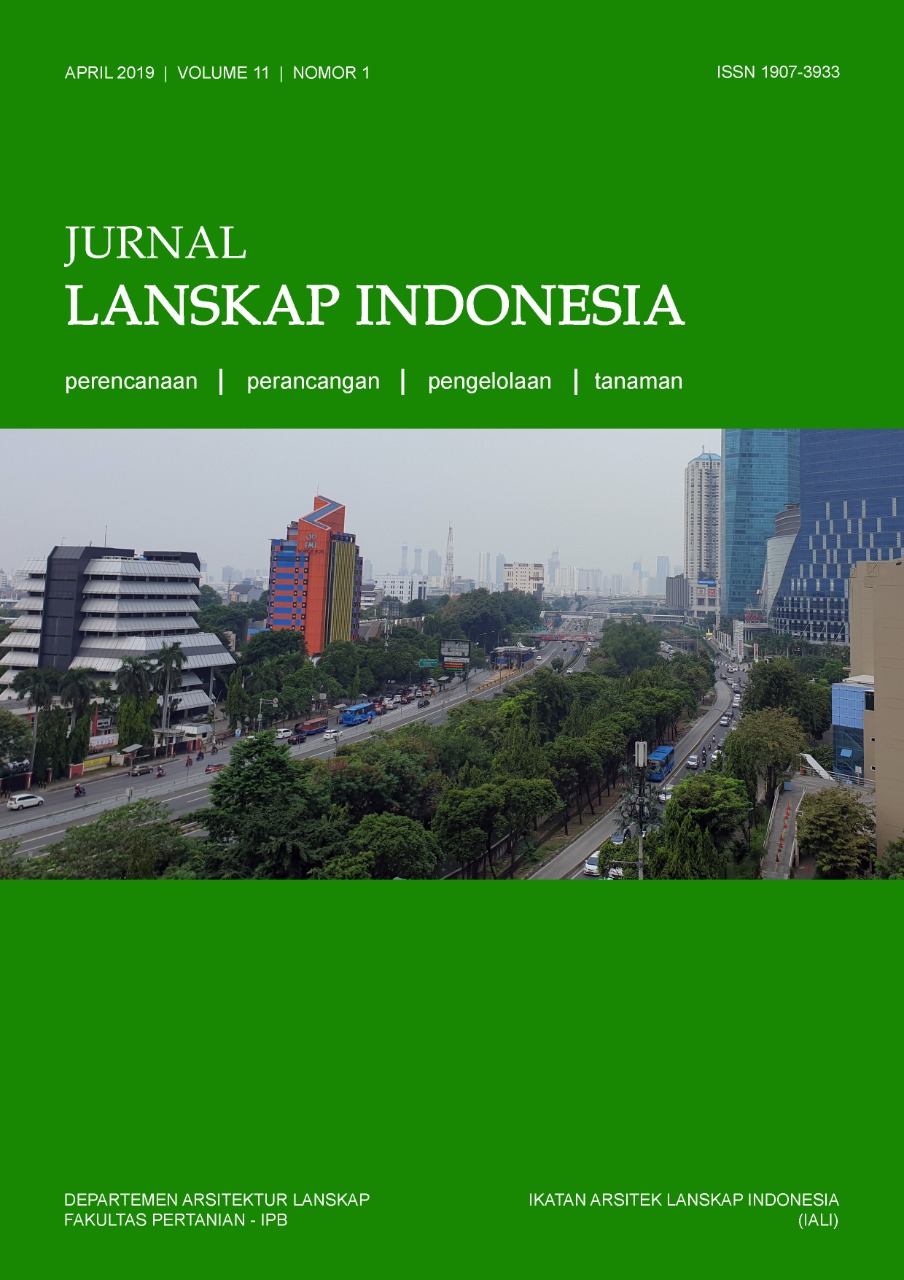Evaluasi Aspek Fisik dan Kenyamanan Pedestrian di Jalan Diponegoro Salatiga melalui Persepsi Masyarakat
Abstract
Pedestrian track on Jalan Diponegoro Salatiga when 2017th has suffered by some damage and has not been functioned properly. Pedestrian track is used for trading activities and for parking area. Therefore is needed to inspect with research analysis. The research was carried on February till March 2017 on Jalan Diponegoro Salatiga. The research is evaluation of physical and comfort aspect of pedestrian of Jalan Diponegoro Salatiga based on the public perception. The purpose are knowing public perception about the physical and amenitu aspect, knowing maintener priority and knowing the appropriate pedestrian track based on the result of perception and priority handling with redesain. The type of research is descriptive qualitative. Stages from research are observation, questionnaires with 100 respondents, analysis and redesign. Analysis of questionnaire using performance and importance analysis. Making redesign using sketchup software based on the results of perception and the regulations. The results of the public perception is physical of pedestrian track on Jalan Diponegoro Salatiga was low and amenity the pedestrian was good enough. The results performance and importance analysis is vegetation nursing, lamp function of pedestrian track, condition of paving, and cleaness of pedestrian track are being main priority for repair and the maintainer give more attention.
Downloads
This journal permits and encourages authors to post items submitted to the journal on personal websites or institutional repositories both prior to and after publication, while providing bibliographic details that credit, if applicable, its publication in this journal. However, after the article is submitted and published in this journal, it is fully copyrighted by the Jurnal Lanskap Indonesia or JLI. If excerpts from other copyrighted works are included, the author must obtain written permission from the copyright owner and give credit to the source in the article. Then, the writer or reader is allowed to copy, share, and redistribute articles/material in any form. But it must still include the appropriate source and credit because the article in this journal is licensed by Creative Commons Attribution 4.0 International License (CC BY 4.0).
I. Proposed Policy for Journals That Offer Open Access
Authors who publish with this journal agree to the following terms:
- Authors retain copyright and grant the journal right of first publication with the work simultaneously licensed under a Creative Commons Attribution License that allows others to share the work with an acknowledgement of the work's authorship and initial publication in this journal.
- Authors are able to enter into separate, additional contractual arrangements for the non-exclusive distribution of the journal's published version of the work (e.g., post it to an institutional repository or publish it in a book), with an acknowledgement of its initial publication in this journal.
- Authors are permitted and encouraged to post their work online (e.g., in institutional repositories or on their website) prior to and during the submission process, as it can lead to productive exchanges, as well as earlier and greater citation of published work (See The Effect of Open Access).
II. Proposed Policy for Journals That Offer Delayed Open Access
Authors who publish with this journal agree to the following terms:
- Authors retain copyright and grant the journal right of first publication, with the work after publication simultaneously licensed under a Creative Commons Attribution License that allows others to share the work with an acknowledgement of the work's authorship and initial publication in this journal.
- Authors are able to enter into separate, additional contractual arrangements for the non-exclusive distribution of the journal's published version of the work (e.g., post it to an institutional repository or publish it in a book), with an acknowledgement of its initial publication in this journal.
- Authors are permitted and encouraged to post their work online (e.g., in institutional repositories or on their website) prior to and during the submission process, as it can lead to productive exchanges, as well as earlier and greater citation of published work (See The Effect of Open Access).



























